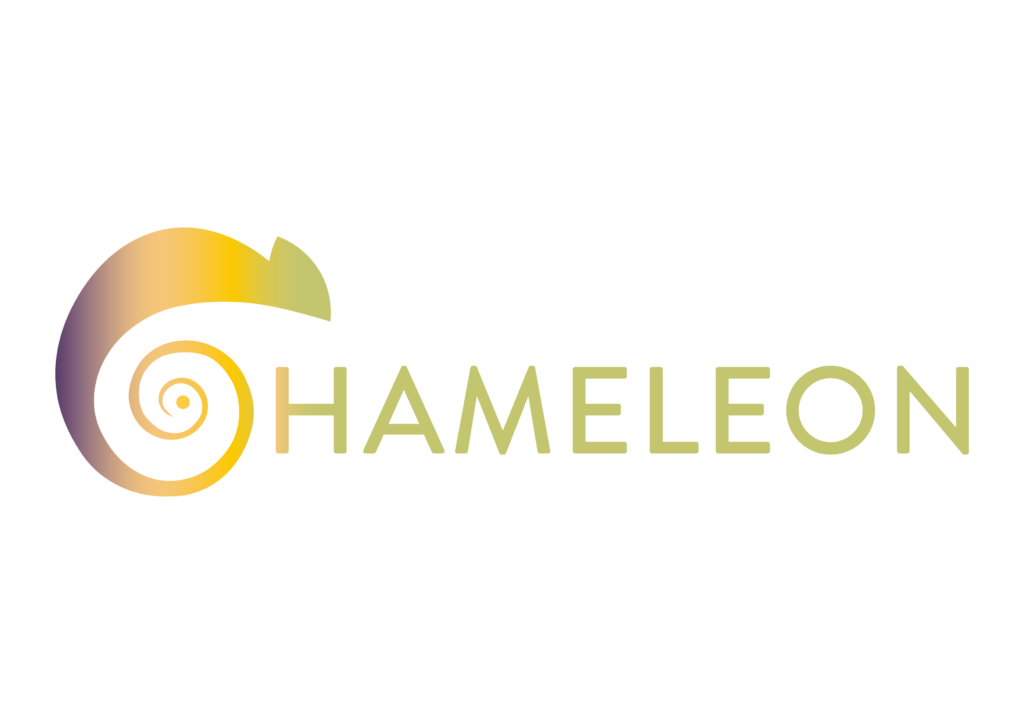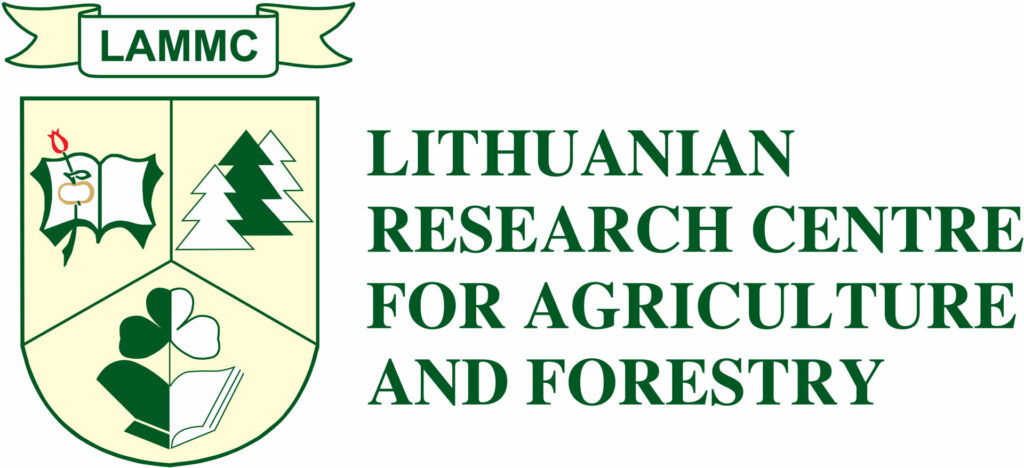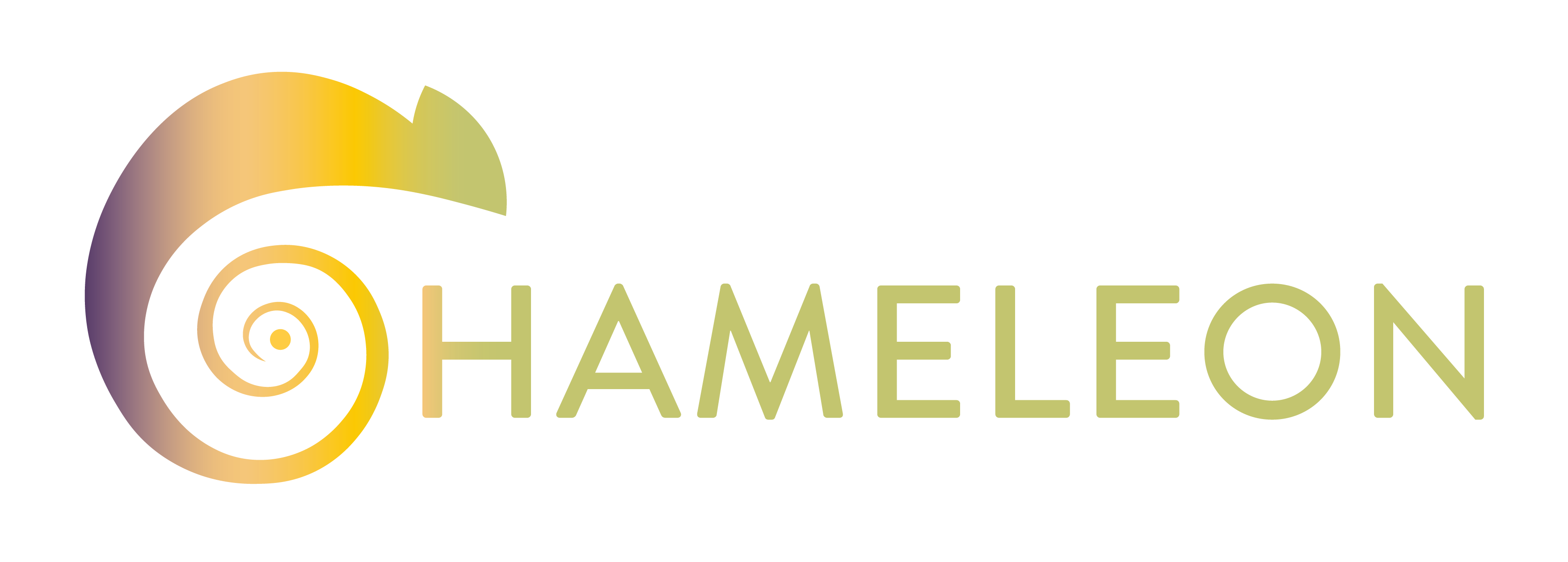Interviews: ŠILINSKAS, Benas (LAMMC)



Dr. ŠILINSKAS, Benas
Researcher at Lithuanian Research Centre for Agriculture and Forestry (LAMMC)

What is your role in CHAMELEON?
Our, as the LAMMC team role in the CHAMELEON project is to lead the solutions for multi-purpose onboarding activities, which are the part of Work package 4 implementation. Our team also plays a key role in providing main insights of understanding plant, plant-health, livestock, livestock-health, and agri-environmental monitoring requirements.

How does your expertise contribute to the overarching goals of the CHAMELEON project?
Our team is an expert in forest health, ecology and management, harvested wood products and wood quality. Our scientific and practical expertise helps to understand and define the requirements for forest health monitoring using UAV’s and to verify possible outcomes from the technology related with forest aspects implemented into CHAMELEON project.

Considering your specialization, how do you foresee CHAMELEON revolutionizing the forestry landscape?
The CHAMELEON project focuses on a comprehensive approach linked to various aspects of forest management and monitoring. The tasks we prepare will help forest entities and forest owners to obtain valuable data about their forest stands, which is very important for the development of sustainable forestry. This information is very important for decision-making in forestry.

What challenges have been encountered in implementing the CHAMELEON drone in forestry?
The diverse environment in forest is the biggest challenge implementing the CHAMELEON drone in forestry.

How is CHAMELEON working with local authorities in Europe to enhance forest fire prevention strategies?
Project CHAMELEON’s fire management strategies are being developed to create strategic firebreaks and proactively identify fires, thereby protecting forests and neighbouring communities. The developed approach could help local authorities in Europe use the collected data to identify the highest fire risk environments. This collected information could be used to detected fire hotspots and develop a fire control strategy as soon as possible.




